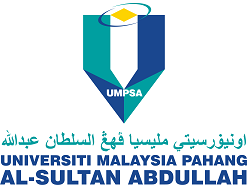Physical pretreatment of food waste for reducing hydrogen-consuming bacteria
DOI:
https://doi.org/10.15282/cst.v1i1.6445Keywords:
Pretreatment, Biohydrogen, Food wasteAbstract
Food waste is a complex organic substrate that is also potentially hosting a variety of microbial species. In Malaysia, the large amount of food waste that is available can cause health and environmental issues due to inadequate management that has created problems such as greenhouse gas emission and release of wastewater. The utilization of food waste for value-added products is an attractive solution to reduce the accumulation of food waste, however, demands a pretreatment step to prepare the food waste for a specific production process. One interesting application of food waste is for the production of biohydrogen, which requires food waste to be free from hydrogen-consuming bacteria (HCB). This study aims to investigate the effect of physical pretreatment on food waste and suggest the best pretreatment parameters. Food waste samples were pretreated with heat at 70 °C, 80 °C and 90 °C for 15 and 30 minutes and UV radiation for 10, 15 and 30 minutes before being cultured in aerobic condition. The reduction in aerobic bacteria was measured. Heat pretreatment at 70 °C for 15 and 30 minutes could be considered as the best pretreatment compared to the other since it recorded the highest reducing sugar concentration. Heat pretreatment at 70 °C for 15 and 30 minutes and UV radiation pretreatment for 15 minutes had a bactericidal effect and able to remove HCB. There is a high possibility that bacteria 2, 7 and 8 were hydrogen-producing bacteria (HPB).



